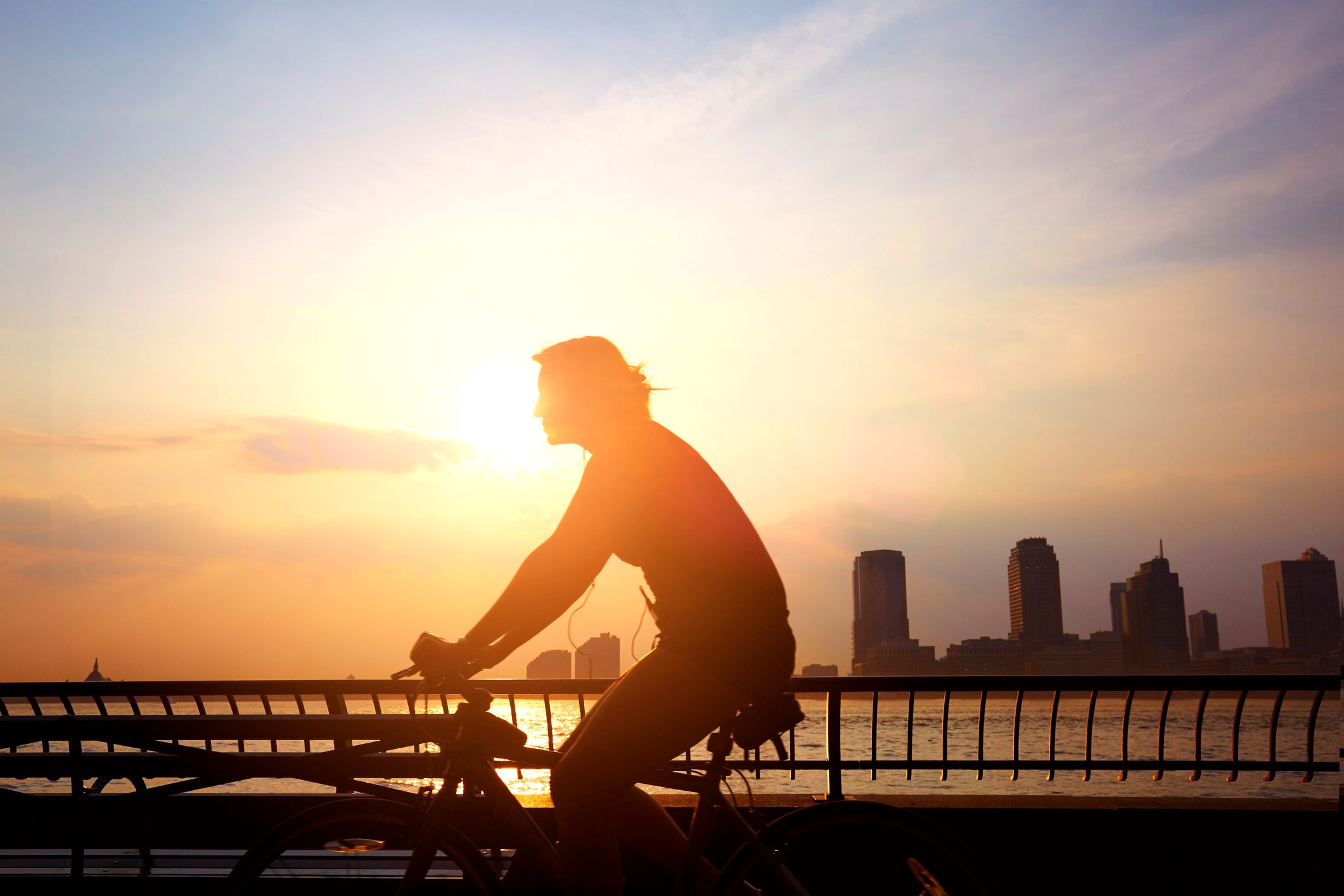A study of almost 50,000 individuals revealed there's a window of the day—and the week—worth safeguarding and savoring.

This Is the Happiest Time of Day, Finds a New Study

Whether you blame it on the rain, news alerts on your phone, or circumstances in your life, consistent data on anxiety and depression show that most Americans feel like they’re living on a rollercoaster of emotions.
However, there’s a sacred little window of your day that you might want to shield whenever you can to help keep your spirits up. Whether you use precious morning time to walk the dog, practice prayer or mindfulness, feed the family, or savor a hot drink, a January 2025 study led by a team of three U.K. psychobiology doctoral researchers, then published in the prestigious British Medical Journal‘s Mental Health, has pinpointed that this time of day tends to be experienced as the sweetest.
The researchers analyzed data from 49,218 adults over a two-year period beginning in March 2020 (remember this was the start of the pandemic, when mental health became more vulnerable in many parts of the world). The data was originally collected as part of the COVID-19 Social Study (CSS), an effort by a team at the University College London (UCL) to track the psychological and social impact of the Covid pandemic within the United Kingdom.
The team used questionnaires and numbered scales to quantify participants’ depressive symptoms, anxiety, overall wellbeing, and loneliness over the course of the two-year study period. Ultimately, they recorded roughly 18 observations per person, for a total of 908,769 observations across their follow-up sessions.
They found trends suggesting that time of day showed a meaningful impact on mental health and wellbeing—they note: “Although the differences across time were small, outcomes were consistently best early in the day,” the team wrote.
Indeed on average, participants experienced their lowest levels of depression, anxiety, and loneliness in the mornings. They also reported their highest levels of happiness, life satisfaction, and a greater belief that life is worthwhile.
The researchers also noted that there appears to be a happiest time of the week: “Measures of mental health were worst mid-week, with morning relief from depressive and anxiety symptoms not found on Tuesdays and Wednesdays,” the team noted. Meanwhile, Fridays and Sundays, typically associated with leisure, showed the lowest levels of anxiety (that’s despite what many Americans have come to refer to as “the Sunday scaries“).
The Cleveland Clinic suggests you shouldn’t wait until you’re in a funk to prioritize your mental health. To stay uplifted, their experts recommend:
- Getting outside and spending time in nature
- Exercising regularly
- Eating foods that help regulate mood, including plenty of fruits and veggies and fewer processed foods
- Practicing deep breathing, meditation, or mindfulness
- Trying light therapy
Cleveland Clinic experts add that other factors might be considered when it comes to a low mood, such as an underlying health condition, difficult sleep, hormonal changes, side effects from medication or substance use, or mental health condition. Speak with your doctor or a mental health professional to learn more about what your own mood patterns could indicate, and how to influence them in healthy ways.
For daily wellness updates, subscribe to The Healthy by Reader’s Digest newsletter and follow The Healthy on Facebook and Instagram. Keep reading:
